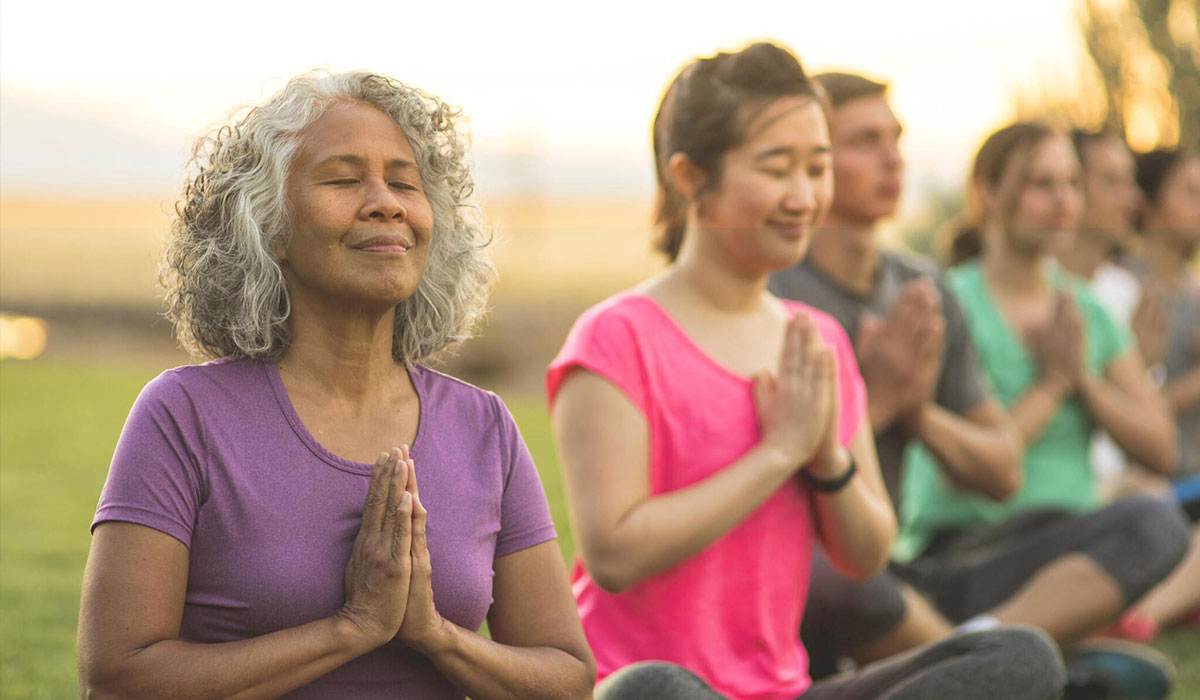Understanding inclusivity in yoga is about creating a welcoming and inclusive environment for individuals of all body types, abilities, and backgrounds. It means acknowledging and celebrating diversity and ensuring that everyone feels included and supported in their yoga practice. Inclusivity in yoga promotes the idea that yoga is for everyone, regardless of age, physical ability, or previous experience. When yoga practices are accessible and modifications are provided, individuals can fully participate and experience the many benefits of yoga. Inclusivity in yoga is not just about physical accessibility, but also about creating a space that is inclusive mentally and emotionally. It is about fostering a sense of belonging and acceptance, where everyone feels empowered and comfortable exploring their practice. By prioritizing inclusivity in yoga, we can create a more equitable and accessible community that embraces the uniqueness of each individual.
Introduction to Inclusivity in Yoga
Inclusivity in yoga is a concept that is increasingly gaining recognition and importance in the yoga community. It refers to the practice of creating a welcoming and inclusive environment that embraces and celebrates diversity. Inclusivity in yoga goes beyond physical accessibility and focuses on ensuring that people of all backgrounds, abilities, and body types feel welcomed and supported in their yoga practice. It is about empowering individuals to explore their practice in a safe and accepting space. By prioritizing inclusivity, yoga becomes accessible to all, allowing everyone to experience the physical, mental, and emotional benefits of this ancient practice.
Benefits of Accessible Yoga Practices

Accessible yoga practices offer numerous benefits for individuals of all backgrounds, abilities, and body types. Firstly, they promote physical well-being by improving flexibility, strength, and balance. Accessible yoga also enhances mental health by reducing stress, anxiety, and depression. It provides a safe space for individuals to connect with their bodies, cultivate self-compassion, and improve body image. Additionally, inclusive yoga practices foster a sense of community and belonging, creating an environment where individuals can feel supported and accepted. By making yoga accessible to all, it allows everyone to experience the transformative power of this ancient practice.
Yoga Props and Modifications
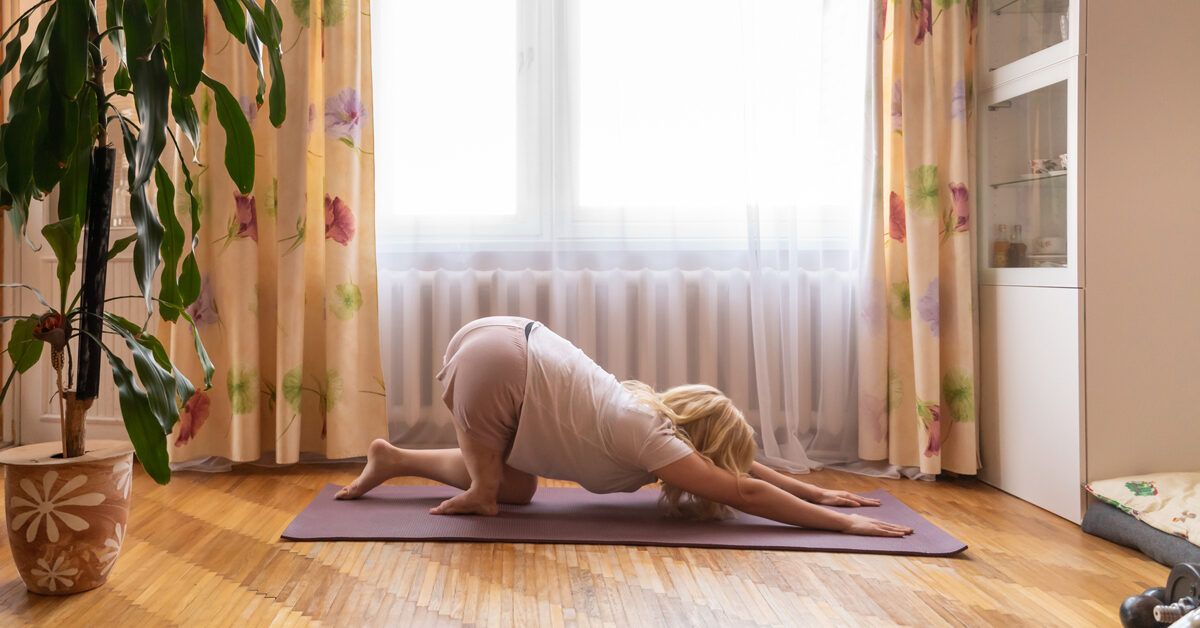
Inclusivity in yoga can be achieved through the use of yoga props and modifications. Yoga props such as blocks, straps, and bolsters provide support and stability, allowing individuals of all abilities and body types to access different poses. These props help to modify poses and make them more approachable and achievable for everyone. Modifications for different body types and abilities are also essential in creating an inclusive yoga practice. These modifications can include using chairs or walls for support, adjusting the depth and intensity of poses, and offering alternative options. By incorporating props and modifications, yoga becomes accessible to a wider range of individuals, ensuring that everyone can fully participate and benefit from the practice.
Importance of Yoga Props for Inclusivity

Yoga props play a vital role in creating an inclusive yoga practice. They provide support, stability, and accessibility for individuals of all abilities and body types. By using props such as blocks, straps, and bolsters, yoga practitioners can modify poses and make them more approachable and achievable. Props assist those with limited mobility or flexibility to find their balance and alignment in poses, allowing them to experience the benefits of yoga. Moreover, props also help prevent injuries by providing extra support. Overall, the use of yoga props promotes inclusivity by ensuring that everyone can participate and enjoy the practice, regardless of their physical limitations.
Modifications for Different Body Types and Abilities

Modifications for different body types and abilities are essential for creating an inclusive yoga practice. Yoga poses can be modified to accommodate individuals with different body proportions, sizes, and abilities. For instance, individuals with limited mobility can use props like blocks or straps to assist in achieving proper alignment and finding balance in poses. Additionally, variations can be offered for individuals with larger bodies or those who may have specific physical conditions that need extra support. Modifying poses ensures that everyone can participate and experience the benefits of yoga, regardless of their body type or physical abilities.
Gentle Yoga Practices for All
Gentle yoga practices are beneficial for individuals of all abilities and fitness levels. These practices focus on slow, controlled movements and gentle stretching, making them accessible to beginners and those with physical limitations. Some popular gentle yoga poses include Child’s Pose, Cat-Cow, and Gentle Seated Twist. These poses help to increase flexibility, release tension, and promote relaxation. Additionally, modifications can be made using props like blankets or bolsters to provide extra support and accommodate individual needs. Gentle yoga practices are a wonderful way to improve overall well-being and can be enjoyed by everyone, regardless of their physical abilities.
Gentle Yoga Poses for Beginners
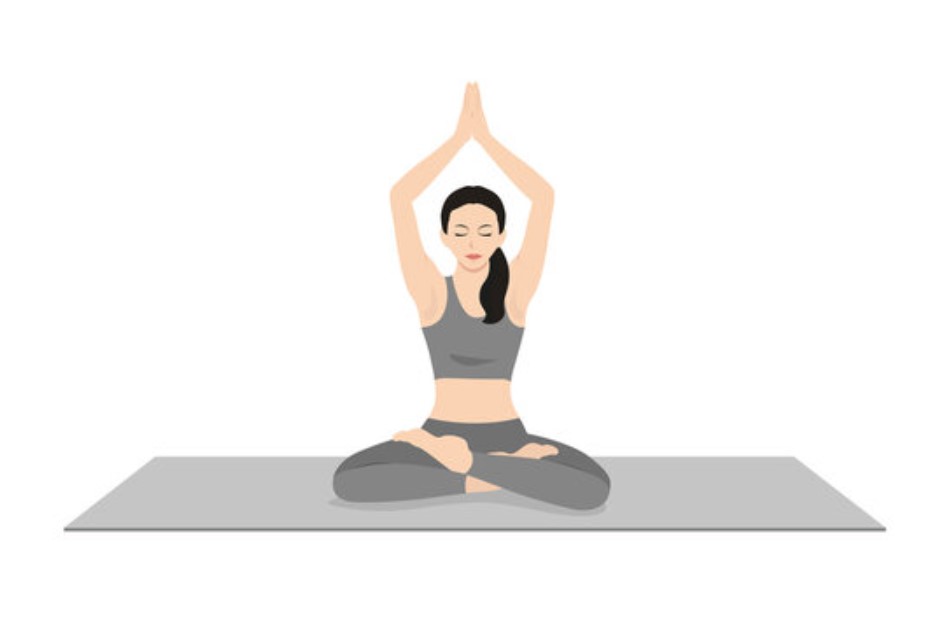
Gentle yoga poses are perfect for beginners who are new to yoga or those who prefer a slower, more relaxed practice. These poses focus on gentle stretching and increasing flexibility, making them accessible to individuals of all abilities. Some gentle yoga poses for beginners include Mountain Pose, Standing Forward Fold, and Seated Forward Bend. These poses help to improve posture, stretch the muscles, and promote relaxation. It is important for beginners to listen to their bodies and not push themselves too hard. With regular practice, beginners can gradually increase the intensity of their yoga poses.
Adapting Yoga Practices for Seniors and Individuals with Disabilities

Yoga can be a beneficial practice for seniors and individuals with disabilities, as it helps improve strength, flexibility, and overall well-being. When adapting yoga practices for these populations, it is important to consider their specific needs and abilities. This may include using props such as chairs or blocks for stability and support, modifying poses to accommodate physical limitations, and incorporating gentle movements that are suitable for their bodies. By making yoga accessible and inclusive for seniors and individuals with disabilities, they can experience the numerous physical and mental health benefits that yoga provides.
Yoga for Mental Health and Well-Being
Yoga not only benefits physical health but also plays a crucial role in promoting mental health and well-being. The combination of physical movement, breath work, and mindfulness in yoga practices can help reduce stress, anxiety, and depression symptoms. Engaging in yoga helps individuals develop a sense of connection with their bodies and cultivate a calm and focused mind. Practicing yoga regularly can improve emotional resilience, enhance self-awareness, and promote a positive outlook on life. Incorporating yoga into a wellness routine can be a powerful tool for improving mental health and fostering overall well-being.
Yoga Practices for Stress Relief and Anxiety
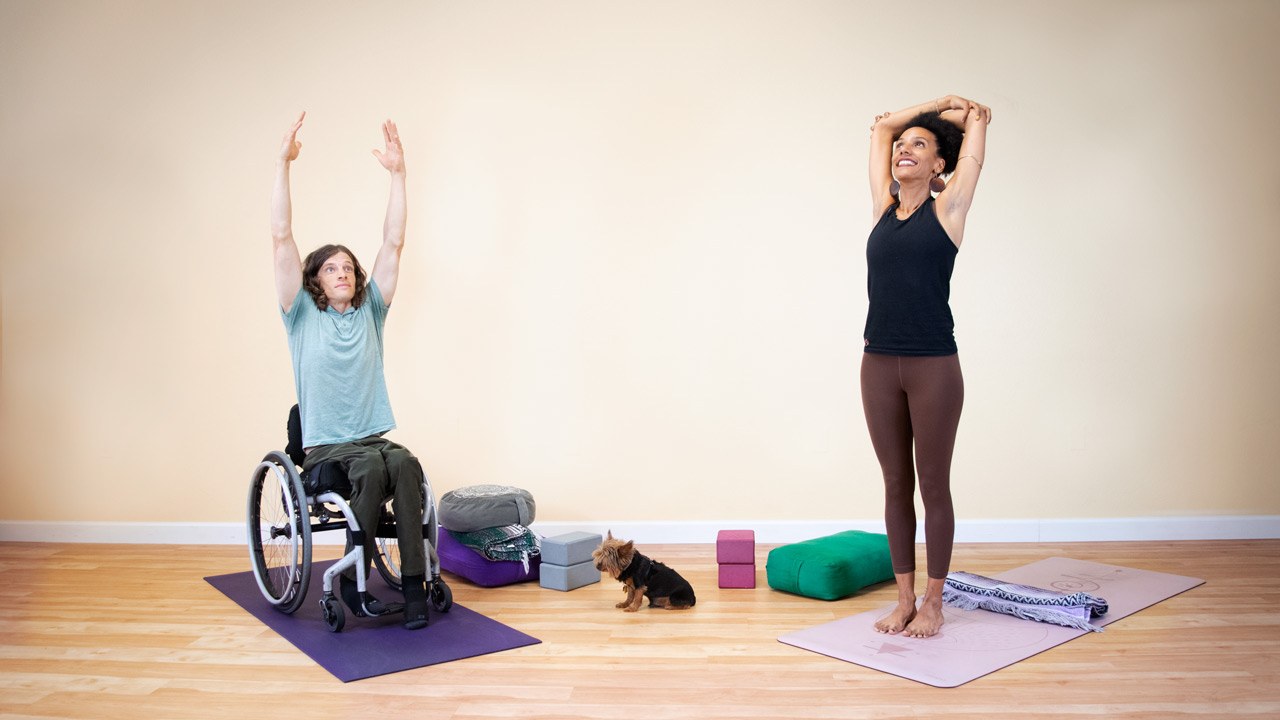
Yoga offers a wide range of practices that can help reduce stress and anxiety. One effective practice is deep breathing, also known as pranayama. Deep breathing techniques, such as the alternate nostril breathing or the 4-7-8 breath, can activate the body’s relaxation response and induce a sense of calm. Additionally, gentle yoga poses, such as child’s pose, standing forward fold, or legs up the wall, can release tension and promote relaxation. Incorporating restorative yoga and guided meditation into a yoga practice can also be beneficial for managing stress and anxiety. These practices help individuals cultivate present-moment awareness and foster a sense of peace and tranquility.
Incorporating Mindfulness in Accessible Yoga

Incorporating mindfulness into accessible yoga practices can greatly enhance the overall experience and benefits. Mindfulness involves paying attention to the present moment without judgment, which can help individuals better connect with their bodies and sensations during yoga practice. By bringing mindful awareness to the breath, movements, and sensations, individuals can deepen their practice and cultivate a sense of inner calm and tranquility. Mindfulness also encourages individuals to accept themselves and their bodies as they are, promoting a more inclusive and non-judgmental yoga space.
Creating Inclusive Yoga Spaces
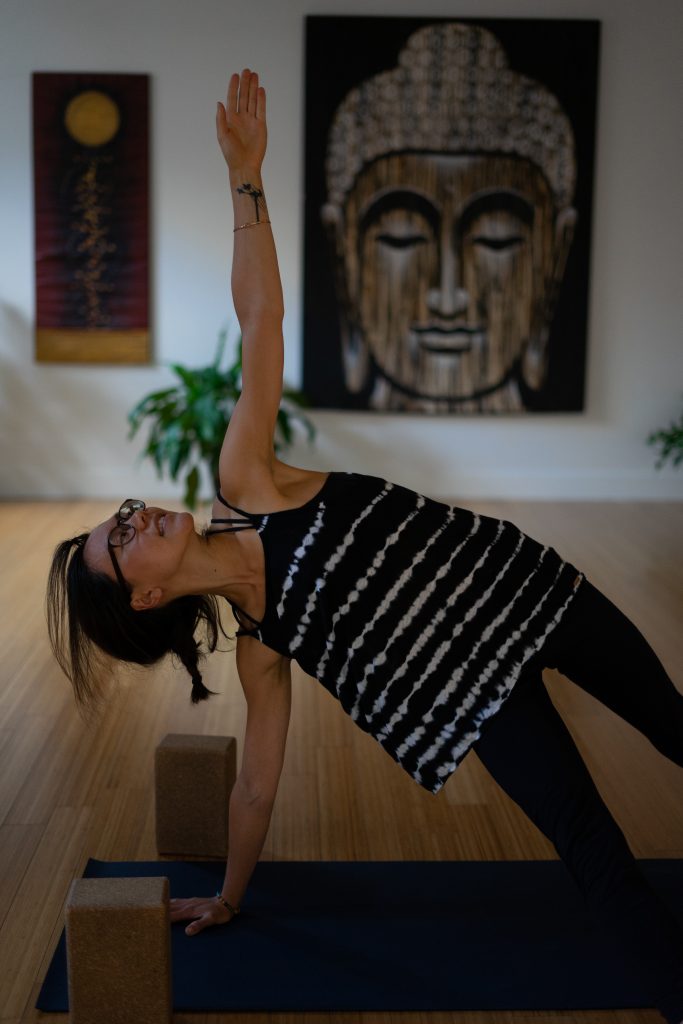
Creating inclusive yoga spaces is essential for promoting diversity and making yoga accessible to all. Yoga studios can foster inclusivity by offering a welcoming environment that is free from judgment and discrimination. It is important to create a space that accommodates individuals with different abilities, sizes, and backgrounds. Yoga instructors can play a crucial role in creating an inclusive atmosphere by using inclusive language, providing options for different levels of practice, and being mindful of the needs and limitations of each individual. By prioritizing inclusivity, yoga studios can empower individuals to feel comfortable and supported in their yoga journey.
Promoting Diversity and Inclusivity in Yoga Studios
Yoga studios can promote diversity and inclusivity by creating a welcoming environment that embraces individuals from all backgrounds. This can be achieved by actively seeking to include people of different races, ethnicities, genders, and abilities in yoga classes and events. It is important to foster an atmosphere that is free from judgment and discrimination, where everyone feels valued and respected. Yoga studios can also strive to offer classes and workshops that cater to the specific needs and interests of different communities, ensuring that everyone has the opportunity to participate and benefit from the practice of yoga. By promoting diversity and inclusivity, yoga studios can truly embody the transformative and healing power of yoga.
Training Yoga Instructors for Teaching Accessible Classe
Training yoga instructors to teach accessible classes is crucial for promoting inclusivity in yoga studios. It is essential for instructors to have a deep understanding of the diverse needs and abilities of their students. Education and training programs can provide instructors with the knowledge and skills to adapt yoga practices for individuals with different physical, mental, and sensory abilities. These programs can also teach instructors how to create a safe and supportive environment for all students. By equipping instructors with the necessary tools and knowledge, yoga studios can ensure that all individuals, regardless of their abilities, can fully participate and benefit from yoga classes.
Conclusion and Resources
In conclusion, promoting inclusivity in yoga is vital for creating a welcoming and supportive environment for all individuals. By understanding the diverse needs and abilities of students, yoga instructors can adapt their teachings and practices to accommodate everyone. Inclusivity in yoga not only fosters physical and mental well-being but also promotes unity and acceptance.
For those interested in learning more about accessible yoga, there are various resources available. Books like “Inclusivity in Yoga: A Guide to Accessible Practices” provide comprehensive guidance on adapting yoga practices for diverse populations. Additionally, there are online platforms and organizations that offer specialized training programs and workshops for yoga instructors to deepen their understanding of inclusivity in yoga.
Remember, inclusivity in yoga is a continuous journey of learning and growing, and by promoting accessibility, we can ensure that everyone can enjoy the profound benefits of yoga.
Summarizing the Importance of Inclusivity in Yoga
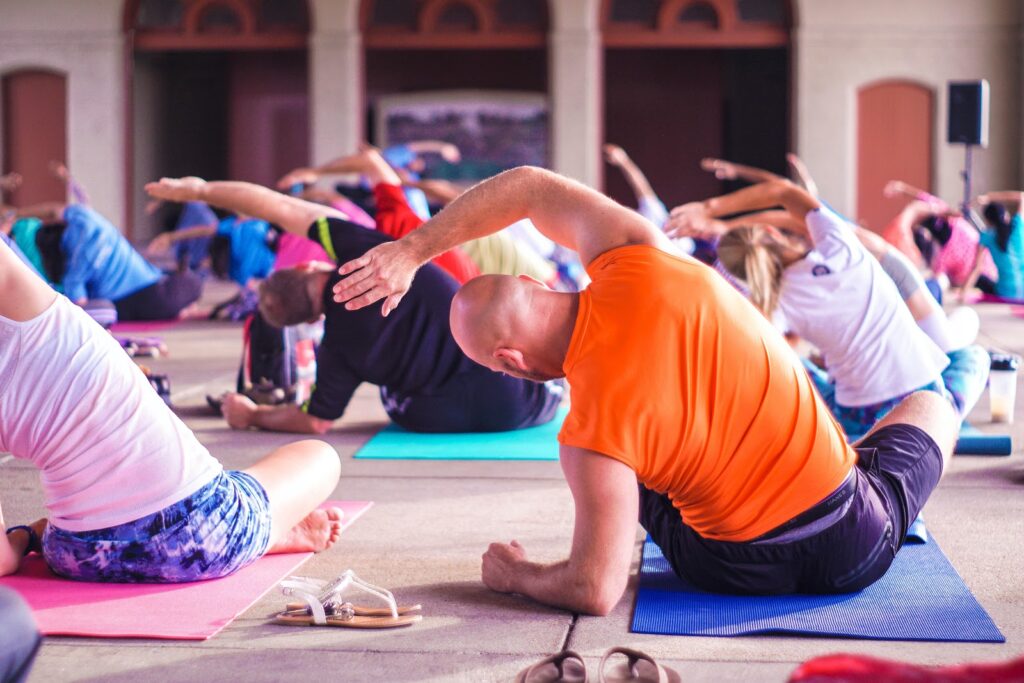
Inclusivity in yoga is of utmost importance as it ensures that yoga practices are accessible to people of all abilities and backgrounds. By promoting inclusivity, yoga studios and instructors create a welcoming environment where everyone can feel comfortable and supported. Inclusivity in yoga fosters physical and mental well-being, promotes unity and acceptance, and allows individuals of diverse body types and abilities to experience the profound benefits of yoga. Through modifications, the use of props, and adapting practices, inclusivity in yoga helps individuals personalize their practice and discover the transformative power of yoga.
Additional Reading and Resources for Accessible Yoga Practitioners

For those interested in further exploring the world of inclusivity in yoga, there are several additional reading materials and resources available. Books such as “Yoga and the Pursuit of Happiness” by Sam Chase and “Accessible Yoga: Poses and Practices for Every Body” by Jivana Heyman offer valuable insights and guidance on making yoga accessible to all. Additionally, websites like Accessible Yoga and Yoga for All provide resources, training programs, and workshops for yoga instructors and practitioners interested in creating inclusive yoga spaces. These resources can enhance knowledge and understanding, enabling individuals to contribute to the promotion of inclusivity in the yoga community.
For More Blogs visit Aerns

